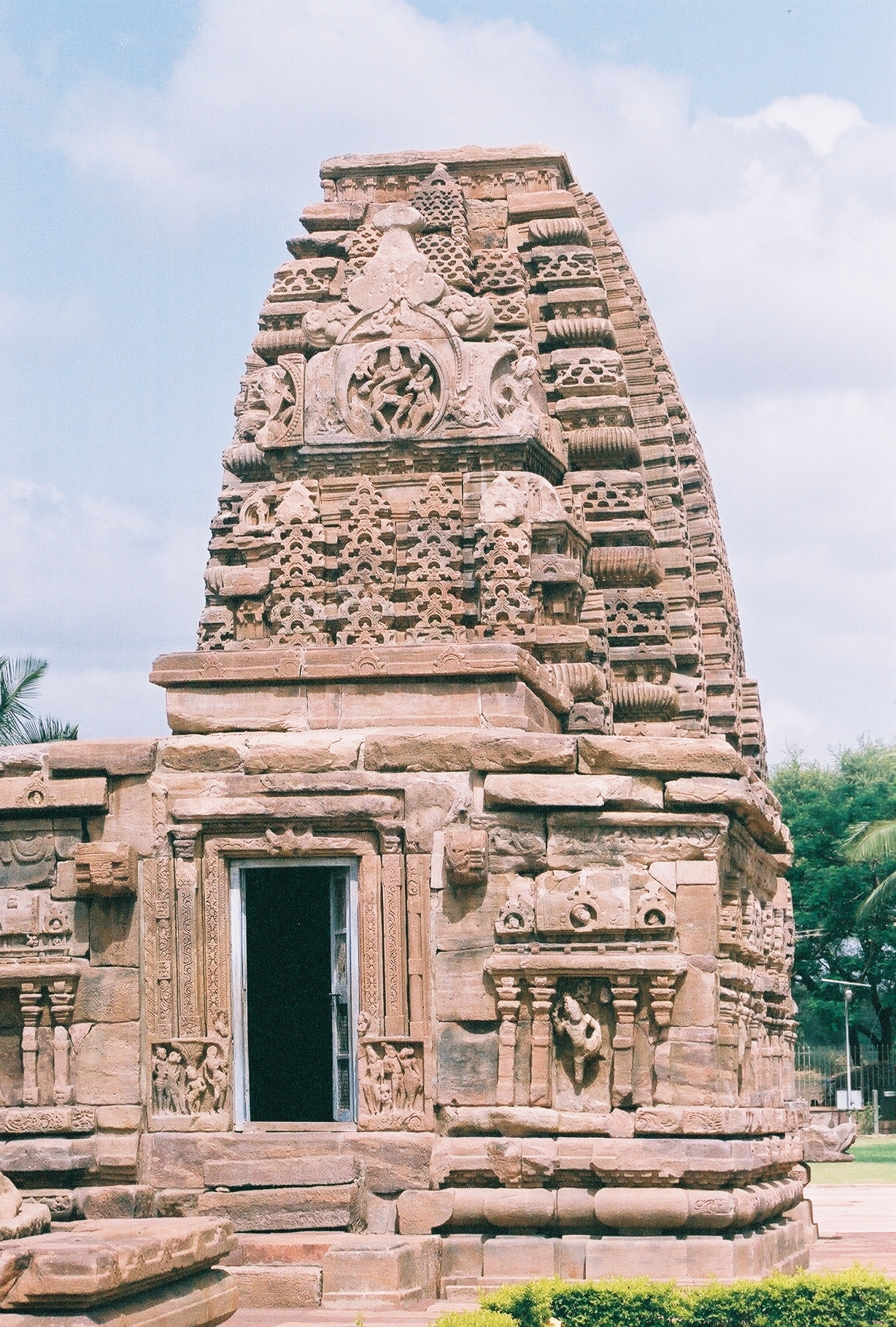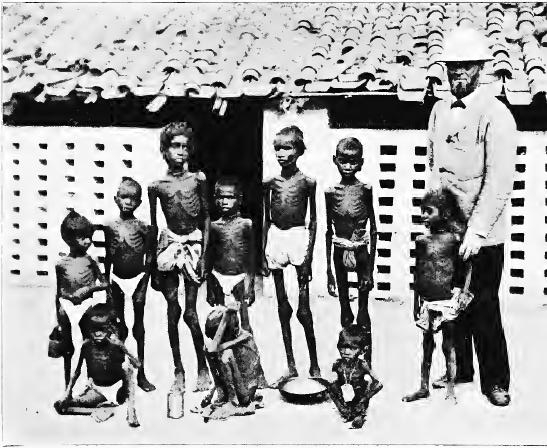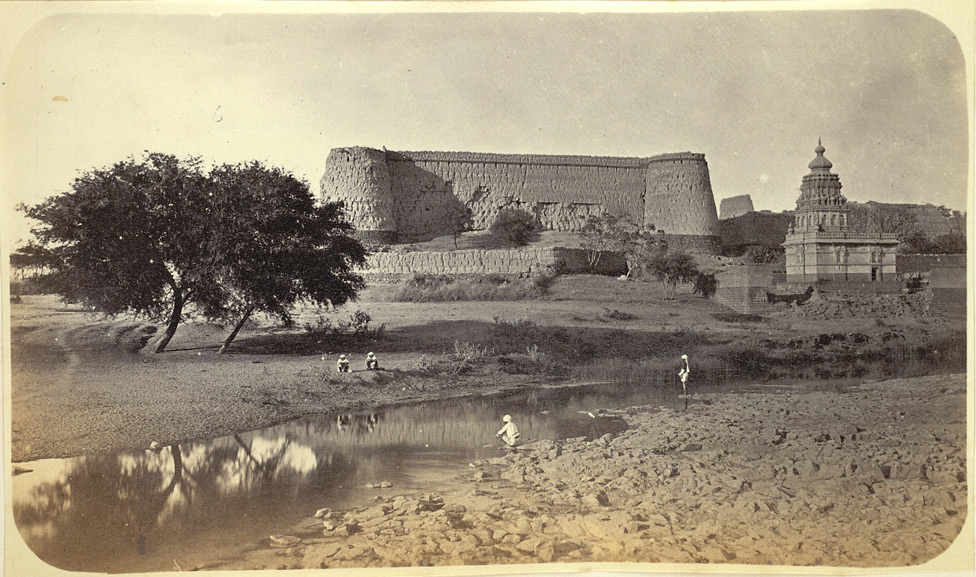|
Achalpur
Achalpur, formerly known as Ellichpur and Illychpur, is a city and a municipal council in Amravati District in the Indian state of Maharashtra. It is the second most populous city in Amravati District after Amravati and seventh most populous city in Vidarbha. Achalpur camp is known as Paratwada. History Achalpur was the earliest capital of a branch of the Rashtrakuta dynasty, which emerged sometime in the 8th century. It was the site of a battle between the Rashtrakutas and the Kalachuris in the 9th century. Achalpur or Ellichpur is first mentioned authentically in the 13th century as one of the famous cities of the Deccan. Though tributary to the Delhi Sultanate after 1294, it remained under Hindu administration till 1318, when it came directly under the Muslim Delhi Sultanate. In 1347 Achalpur with the Berar region was ruled by the Bahmani Sultanate. In 1490 Fathullah Imad-ul-Mulk proclaimed his independence and founded the Imad Shahi dynasty of the Berar Sultanate. ... [...More Info...] [...Related Items...] OR: [Wikipedia] [Google] [Baidu] |
Berar Division
The Berar Division, formerly Berar Province, was one of the former administrative divisions of the Central Provinces and Berar of British India. Ellichpur (Achalpur) was the capital and the administrative headquarters of the division. The Berar Division had an area of 28,515 km² with a population of 2,672,673 in 1881. The main mountain chains in the area were the Satpura and the Ajanta ranges, and the main rivers the Tapi, the Purna, the Wardha, the Penganga and the Pranhita. It was located in present-day Maharashtra state of India. History Berar Province, formerly ruled by the Nizam of Hyderabad, was administered by the British after 1853, although the Nizam retained formal sovereignty over the province. Through an agreement signed on 5 November 1902, Nizam Nawab Mir Sir Mahbub Ali Khan leased Berar permanently to the British against an annual payment of 25 lakh (2.5 million) rupees. Lord Curzon decided to merge Berar with the Central Provinces, and this was procla ... [...More Info...] [...Related Items...] OR: [Wikipedia] [Google] [Baidu] |
Rashtrakuta Dynasty
Rashtrakuta ( IAST: ') (r. 753-982 CE) was a royal Indian dynasty ruling large parts of the Indian subcontinent between the sixth and 10th centuries. The earliest known Rashtrakuta inscription is a 7th-century copper plate grant detailing their rule from manapur a city in Central or West India. Other ruling Rashtrakuta clans from the same period mentioned in inscriptions were the kings of Achalapur and the rulers of Kannauj. Several controversies exist regarding the origin of these early Rashtrakutas, their native homeland and their language. The Elichpur clan was a feudatory of the Badami Chalukyas, and during the rule of Dantidurga, it overthrew Chalukya Kirtivarman II and went on to build an empire with the Gulbarga region in modern Karnataka as its base. This clan came to be known as the Rashtrakutas of Manyakheta, rising to power in South India in 753 AD. At the same time the Pala dynasty of Bengal and the Prathihara dynasty of Malwa were gaining force in easte ... [...More Info...] [...Related Items...] OR: [Wikipedia] [Google] [Baidu] |
Fathullah Imad-ul-Mulk
Fathullah Imad-ul-mulk ( fa, , ruled 1490–1504) was the founder of the Imad Shahi Dynasty and the Berar Sultanate. Originally a Hindu captive from Vijayanagara, Fathullah was brought up a Muslim and rose to command the army of Berar under the Bahmani Sultanate. In 1490, he declared himself Sultan of Berar, which he ruled until his death in 1504. He was succeeded by his son Aladdin Imad Shah. History Fathullah was born a Kanarese Hindu of the Brahmin caste, but was captured as a boy by Bahmani forces on an expedition against the Vijayanagara empire and brought up as a Muslim. He served the Bahmani Sultans in Bidar. Through the influence of Mahmud Gavan, he achieved the rank of officer in command of the forces (''Sarlaskar'') of Berar and received the title ''Imad-ul-mulk''. He was stationed at the fort of Gawilghur, but extended his influence over the entire East Berar, becoming de facto ruler of the region. Shortly after Malik Ahmad Nizam Shah I declared independence for th ... [...More Info...] [...Related Items...] OR: [Wikipedia] [Google] [Baidu] |
Ellichpur District
Ellichpur District is a former district of British India. It encompassed the western portion of present-day Amravati District in Maharashtra state. Ellichpur (Achalpur) was the administrative headquarters of the district. Ellichpur District had an area of 6,747 km² with a population of 315,616 in 1891, which was reduced to 297,403 in 1901 owing to the 1899-1900 famine. History Ellichpur District was part of the province of Berar, which came under British administration in 1853, although it nominally remained part of the Kingdom of Hyderabad until 1903.Olson, James S. and Robert Shadle, eds. ''Historical Dictionary of the British Empire, Vol. 1.'' Greenwood Publishing Group, UK 1996. P. 227. Ellichpur was immediately included in East Berar District, which included all of present-day Amravati District, with its administrative headquarters at Amraoti (Amravati). Ellichpur District was created in 1867 when the taluks of Ellichpur, Daryapur, Melghat, and Morsi Mohamed ... [...More Info...] [...Related Items...] OR: [Wikipedia] [Google] [Baidu] |
Balapur, Akola District
Balapur is a city and a municipal council in Akola district in the state of Maharashtra, India. Geography Balapur has an average elevation of . The town in an important junction for traffic on National Highway No 6, which carries the Calcutta traffic to the Port City of Bombay. Transport destined for south takes a southward turn following a wide State Highway towards Hyderabad, crossing the NH 6. There are three rivers: Mann, Mahens and Bhikund. Two of them are in the city including a dam at Mann river providing water to thermal power plant placed in Paras. The nearest rail head is at Paras, 7 km from the town. ThMahagencois expanding its thermal power station with two 250 MW units to augment the falling generating capacity of the state power corporation. There is further potential to expand it to 1000 MW making it a Super Thermal Power Station. One of the popular and traditional profession of people here is manufacturing ''DARI'' (cotton rugs/carpets) using handlooms. Oth ... [...More Info...] [...Related Items...] OR: [Wikipedia] [Google] [Baidu] |
States And Territories Of India
India is a federal union comprising 28 states and 8 union territories, with a total of 36 entities. The states and union territories are further subdivided into districts and smaller administrative divisions. History Pre-independence The Indian subcontinent has been ruled by many different ethnic groups throughout its history, each instituting their own policies of administrative division in the region. The British Raj The British Raj (; from Hindi language, Hindi ''rāj'': kingdom, realm, state, or empire) was the rule of the British The Crown, Crown on the Indian subcontinent; * * it is also called Crown rule in India, * * * * or Direct rule in India, * Q ... mostly retained the administrative structure of the preceding Mughal Empire. India was divided into provinces (also called Presidencies), directly governed by the British, and princely states, which were nominally controlled by a local prince or raja loyal to the British Empire, which held ''de f ... [...More Info...] [...Related Items...] OR: [Wikipedia] [Google] [Baidu] |
Bahmani Sultanate
The Bahmani Sultanate, or Deccan, was a Persianate Sunni Muslim Indian Kingdom located in the Deccan region. It was the first independent Muslim kingdom of the Deccan,Ansari, N.H. "Bahmanid Dynasty" ''Encyclopaedia Iranica'' and was known for its perpetual wars with its rival Vijayanagara, which would outlast the Sultanate. The Sultanate was founded in 1347 by Ala-ud-Din Bahman Shah. It later split into five successor states that were collectively known as the Deccan sultanates. History ...
|
Central Provinces
The Central Provinces was a province of British India. It comprised British conquests from the Mughals and Marathas in central India, and covered parts of present-day Madhya Pradesh, Chhattisgarh and Maharashtra states. Its capital was Nagpur. Its Summer Capital was Pachmarhi. It became the Central Provinces and Berar in 1903. The Central Provinces was formed in 1861 by the merger of the Saugor and Nerbudda Territories and Nagpur Province. The district of Nimar which was administered by the Central India Agency was added in 1864. It was almost an island encircled by a sea of "native States" such as Bhopal State and Rewa State to the north, the Chota Nagpur States and Kalahandi State to the east, and the Nizam's territories of Hyderabad to the south and Berar to the west. Geography The Central Provinces was landlocked, occupying the mountain ranges, plateaus, and river valleys in the centre of the Indian Subcontinent. The northernmost portion of the state extended on ... [...More Info...] [...Related Items...] OR: [Wikipedia] [Google] [Baidu] |
British India
The provinces of India, earlier presidencies of British India and still earlier, presidency towns, were the administrative divisions of British governance on the Indian subcontinent. Collectively, they have been called British India. In one form or another, they existed between 1612 and 1947, conventionally divided into three historical periods: *Between 1612 and 1757 the East India Company set up factories (trading posts) in several locations, mostly in coastal India, with the consent of the Mughal emperors, Maratha Empire or local rulers. Its rivals were the merchant trading companies of Portugal, Denmark, the Netherlands, and France. By the mid-18th century, three ''presidency towns'': Madras, Bombay and Calcutta, had grown in size. *During the period of Company rule in India (1757–1858), the company gradually acquired sovereignty over large parts of India, now called "presidencies". However, it also increasingly came under British government oversight, in effect shar ... [...More Info...] [...Related Items...] OR: [Wikipedia] [Google] [Baidu] |
Berar Province
Berar Province, also known as the Hyderabad Assigned Districts, was a province in British India, ruled by the Nizam of Hyderabad. After 1853, it was administered by the British, although the Nizam retained formal sovereignty over the province. Azam Jah, the eldest son of the 7th Nizam, held the title of Mirza- Baig ("Prince") of Berar. In 1881, the population of Berar was 2,672,673. The total area of the territory was . After 1 October 1903, the administration of the province was placed under the Commissioner-General for the Central Provinces, as the Berar Division. In 1936, the territory was renamed as the Central Provinces and Berar, and its legislative assembly was established. The successor to Berar, with changed boundaries, is Amravati Division in the Vidarbha region of Maharashtra. History Background Before the Mughal occupation, Berar was a part of the Nizam Shahi sultanate of Ahmadnagar. It was ceded to Emperor Akbar by Chand Bibi in 1596, who was unab ... [...More Info...] [...Related Items...] OR: [Wikipedia] [Google] [Baidu] |
Hyderabad State
Hyderabad State () was a princely state located in the south-central Deccan region of India with its capital at the city of Hyderabad. It is now divided into the present-day state of Telangana, the Kalyana-Karnataka region of Karnataka, and the Marathwada region of Maharashtra in India. The state was ruled from 1724 to 1857 by the Nizam, who was initially a viceroy of the Mughal empire in the Deccan. Hyderabad gradually became the first princely state to come under British paramountcy signing a subsidiary alliance agreement. During British rule in 1901 the state had an average revenue of Rs. 417,000,000, making it the wealthiest princely state in India. The native inhabitants of Hyderabad Deccan, regardless of ethnic origin, are called "Mulki" (countryman), a term still used today. The dynasty declared itself an independent monarchy during the final years of the British Raj. After the Partition of India, Hyderabad signed a standstill agreement with the new dominion of ... [...More Info...] [...Related Items...] OR: [Wikipedia] [Google] [Baidu] |
Nizam
The Nizams were the rulers of Hyderabad from the 18th through the 20th century. Nizam of Hyderabad (Niẓām ul-Mulk, also known as Asaf Jah) was the title of the monarch of the Hyderabad State ( divided between the state of Telangana, Marathwada region of Maharashtra and Kalyana-Karnataka region of Karnataka). ''Nizam'', shortened from ''Nizam-ul-Mulk'', meaning ''Administrator of the Realm'', was the title inherited by Asaf Jah I. He was the former '' Naib'' (suzerain) of the Great Mughal in the Deccan, the premier courtier of Mughal India until 1724, the founding of an independent monarchy as the " Nizam (title) of Hyderabad". The Asaf Jahi dynasty was founded by Mir Qamar-ud-Din Siddiqi (Asaf Jah I), who served as a ''Naib'' of the Deccan sultanates under the Moghul Empire from 1713 to 1721. He intermittently ruled the region after Emperor Aurangzeb's death in 1707. In 1724 Mughal control weakened, and Asaf Jah became virtually independent of the Mughal Empire ... [...More Info...] [...Related Items...] OR: [Wikipedia] [Google] [Baidu] |




